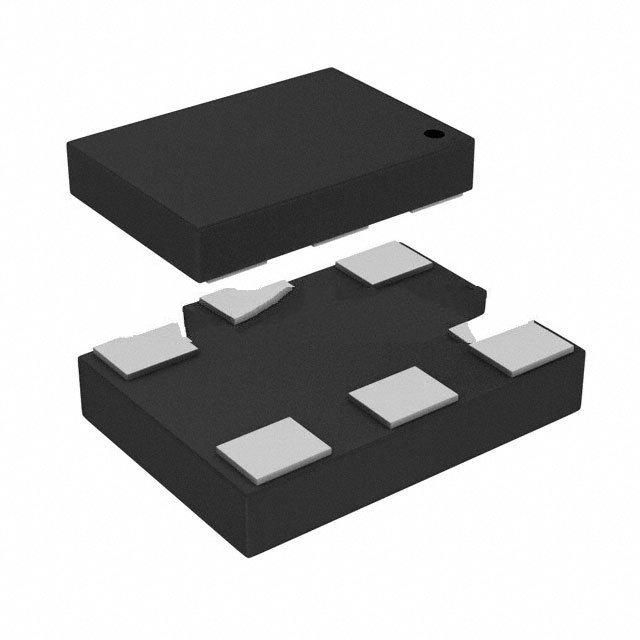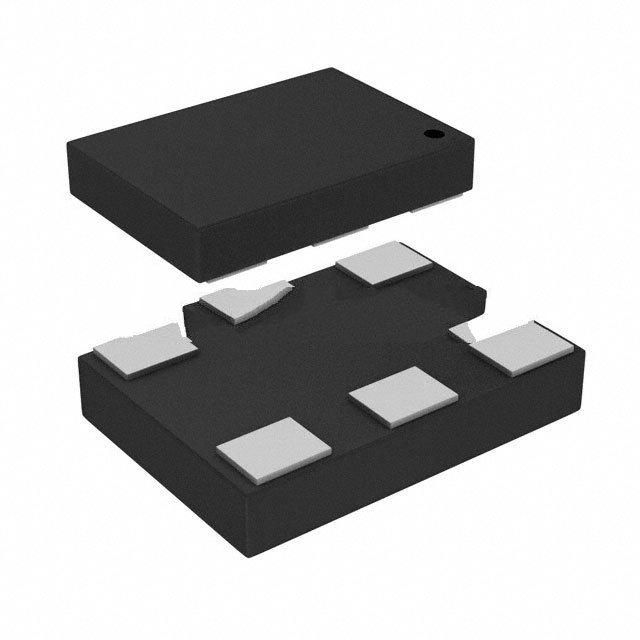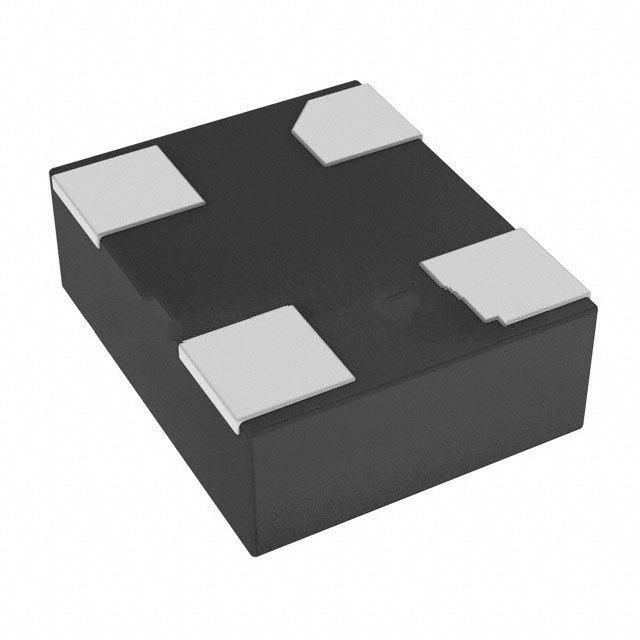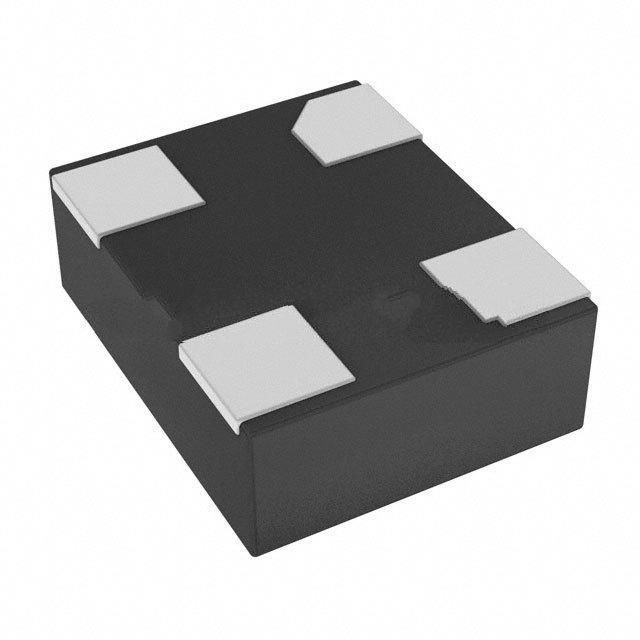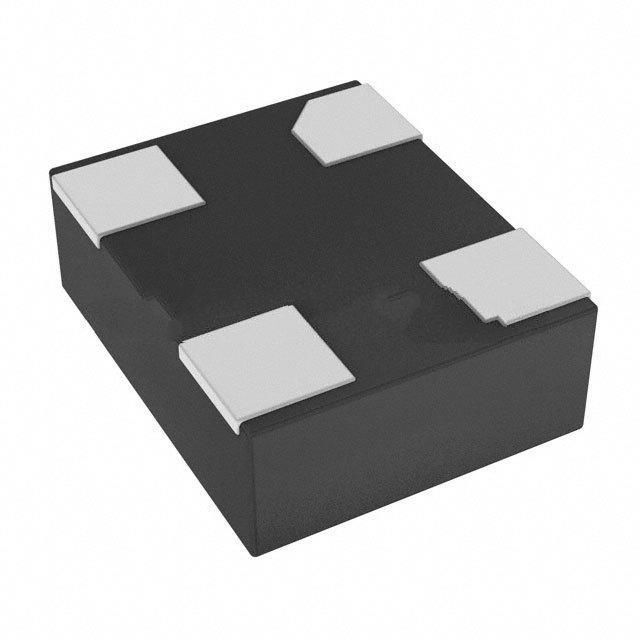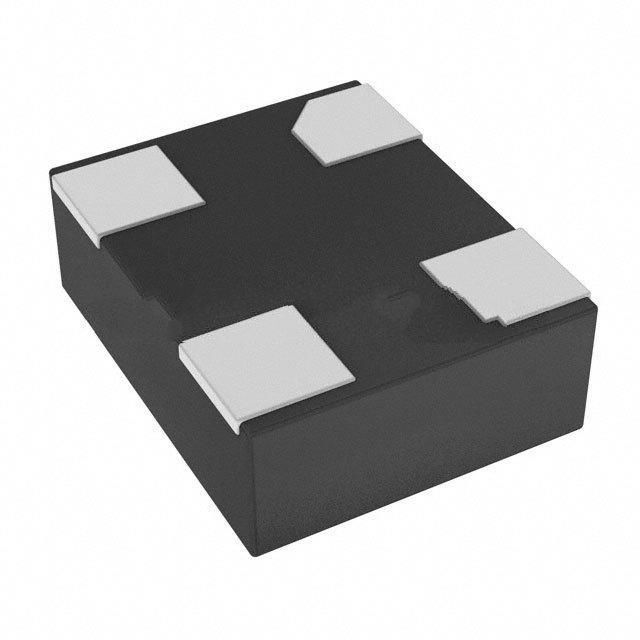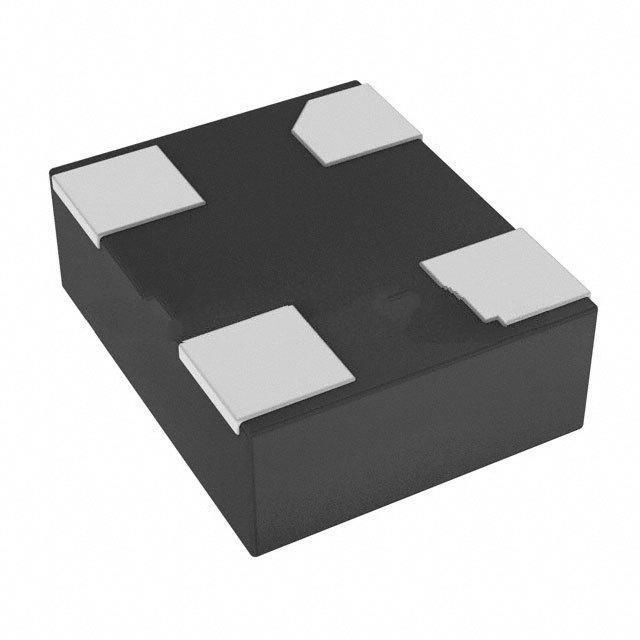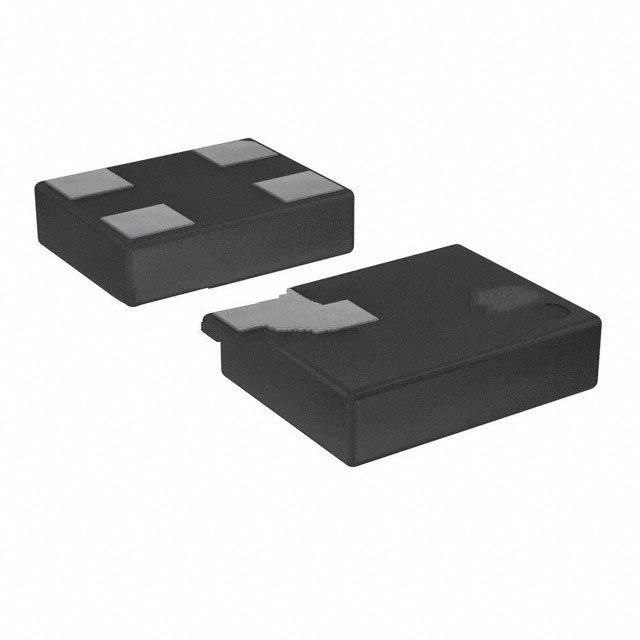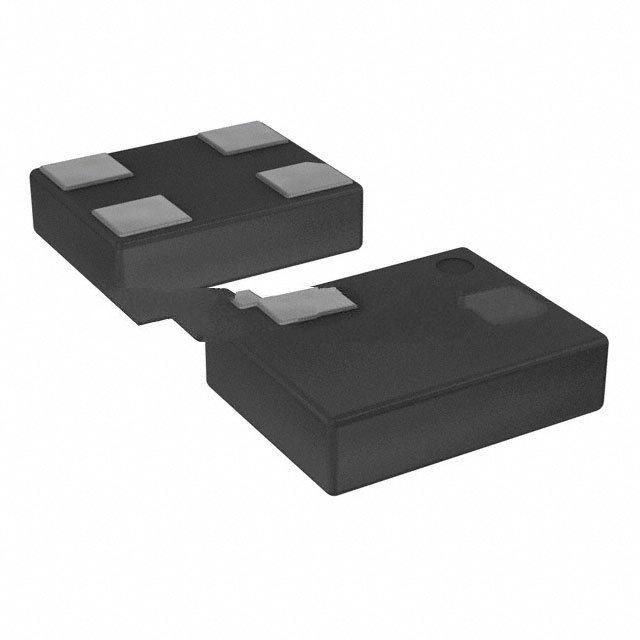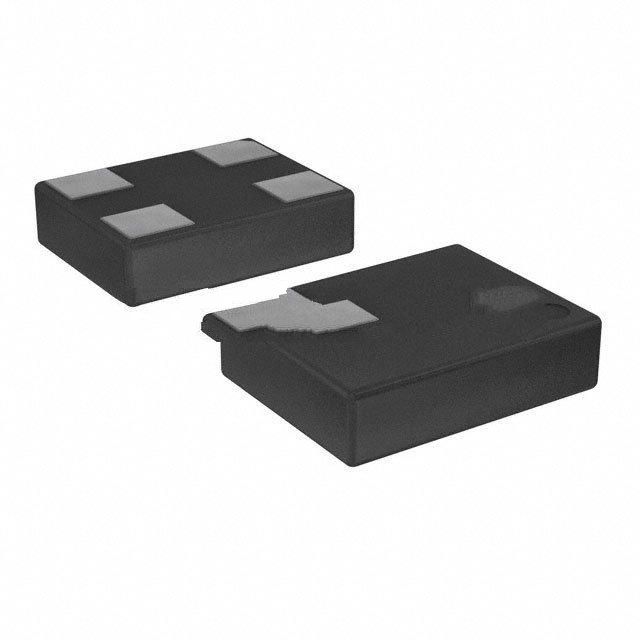FPGA and Microcontroller (MCU)
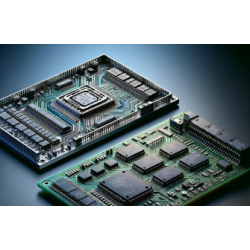
Research in the interesting area of FPGAs (field programmable gate arrays) and microcontrollers shows that these two technologies play a key role in embedded systems and digital design. By programming FPGAs at the hardware level, users can design unique digital circuits using these highly adaptable integrated circuits. Due to their extreme flexibility, they are ideal for complex applications that require rapid reconfiguration and prototyping. Microcontrollers, on the other hand, are small integrated circuits that house a CPU core, memory, and multiple peripherals on a single chip. They provide an affordable option for simple to moderately complex applications and are designed for special needs.
A microcontroller is a small integrated circuit used in embedded systems to control specific functions. Integrated circuits called field-programmable gate arrays (FPGAs) are often readily available. The reason they are called "field programmable" is that they enable the user to modify the hardware after it is manufactured to meet certain use case specifications. FPGAs are "field programmable," meaning users can program the hardware after it's manufactured, whereas microcontrollers only allow for looser customization.
The basic microcontroller is more than half a century old and represents nearly the entire electronic component market. Microcontrollers are still the king of the semiconductor world, and for good reason: they are highly adaptable, versatile, and easy to implement (code).
Over time, MCU manufacturers designed/developed custom (application-specific) versions to meet the needs of use cases including motor control, cordless communications, and efficient power consumption. Arduino and STM32 are examples of microcontrollers that are widely used in many electronic projects. Some MCU technologies feature highly programmable A/D chucks that draw architectural concepts from FPGAs rather than MCUs. In addition, other MCU technologies are designed as general-purpose control devices and include a variety of fixed-function modules ranging from analog-to-digital and digital-to-analog converters to serial communications devices, timers/counters, general-purpose input/output (GPIO), and cryptographic accelerators that can Supports a wide range of applications.
Microcontroller:
“Microcontrollers (MCUs) are used in embedded systems to perform specific tasks, handle communications, and control other hardware components.” (Pervasive Cardiovascular and Respiratory Monitoring Devices, 2023). To manage a single function in the device, a microcontroller is integrated into the system. It does this by using its core CPU to evaluate data obtained from I/O peripherals. Building automation, manufacturing, robotics, automotive, lighting, smart energy, industrial automation, communications, and Internet of Things (IoT) deployments are just a few of the industries and applications using microcontrollers in the home and workplace.
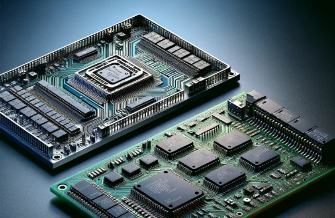
FPGA
“FPGAs, as the name suggests, are components made up of a large number of logic gates and other functional parts connected through a network, whose connectivity can be determined by ‘programming’ the device.” (High Performance Computing, 2018). Most FPGAs are programmed using SRAM-based methods. These FPGAs require an external boot device but can be programmed and reprogrammed within the system. Digital signal processing, biomedical instrumentation, device controllers, software-defined radio, stochastic logic, medical imaging, computer hardware simulation, speech recognition, cryptography, filtering and communication coding, etc. are some of the specific applications that use FPGAs.
Comparison between Microcontrollers and FPGAs: Energy Consumption:
In comparison, FPGAs are less efficient than components such as ASICs (Application Specific Integrated Circuits). Inefficiencies can also result when logic utilization drops due to reprogramming the FPGA. Likewise, transistors consume more power when they are not in use. However, microcontrollers are slower than FPGAs. The level of customization and complexity are the main differences between FPGAs and microcontrollers. They also vary in cost and availability levels. Essentially, FPGAs enable more complex operations, higher levels of customization, and hardware modifications that were possible in the past. FPGAs typically consume more power than microcontrollers due to their large number of programmable components and parallel architecture. The power consumption of an FPGA is affected by several variables, including the number of active logic components, interconnect switching frequency, and I/O activity.
Processing speed:
Typical processing speeds of microcontrollers range from MHz to 50 MHz. FPGAs, on the other hand, typically have clock rates between 100 MHz and 200 MHz. These rates are much lower compared to CPUs that can easily run at 3 GHz or higher.
Flexibility and programmability:
When deciding between FPGAs and microcontrollers, the need for customization and flexibility for the desired application must be considered. If the application requires a high level of hardware customization and flexibility, then an FPGA may be a better choice. However, if the application can benefit from the software-based customization and integrated peripherals provided by the microcontroller, then a microcontroller will be more suitable. When choosing between FPGAs and microcontrollers, it is critical to consider the complexity and development time of the target application. If the application requires a high level of hardware customization and the development team has the required FPGA development experience, then an FPGA may be a better choice. However, if the application can take advantage of the simpler and faster development process that a microcontroller offers, and if the development team has more software development experience, then the microcontroller may be a better choice.
The decision between FPGAs and microcontrollers can also be affected by development time and complexity. If the development team has more experience in software development and high-level programming languages, then a microcontroller may be a better choice because the development process is easier and faster. On the other hand, if the team has experience with FPGA development and the application requires a high level of hardware customization, then an FPGA may be a better choice. By carefully examining the specifications and comparative analysis of various technologies, designers can make informed choices that optimize performance, power efficiency, flexibility, and development time while meeting the needs of their intended application. When evaluating cost-related issues, it is critical to evaluate the unique needs of the intended application and balance the pros and cons of each technology. If an application requires high-performance parallel processing and can afford the higher initial price of an FPGA, then an FPGA may be a better choice. However, if the application can benefit from the cheaper initial cost and simpler development process that a microcontroller offers, then a microcontroller may be more suitable.
MCU future trends
While the MCU market is expected to expand in the coming years, will the technical specifications and capabilities of microcontroller technology need to evolve to meet customer demand? Are general-purpose MCUs being phased out in favor of specialized versions?
“Customers define product requirements,” said Joe Thomsen, vice president of the 16-bit MCU business unit at Microchip Technology. “One of the things we often do is evaluate what our customers are putting on their boards and other things implemented with the microcontroller,” he said. "We can then determine how to interact with these items more easily and efficiently, or whether we can actually integrate these capabilities into the MCU itself," Mr. Thomsen added.
Modern MCUs are typically extremely practical, fully integrated chips designed to provide single-chip solutions for numerous designs. Modern and future MCUs are designed to meet evolving application use cases and contemporary customer needs.
Here are the features and specifications of modern and future MCUs.
1. Small MCU designed for embedded technology
The increasing popularity of MCU applications in embedded technology is a significant trend in the semiconductor industry. These microcontrollers offer extremely low power consumption without sacrificing functionality. Manufacturers will employ various techniques to reduce MCU power consumption, such as clock frequency reduction, per-device power control, clock gating, and dynamic scaling. Since these devices consume less power, this helps reduce the size of the device significantly. Small batteries can power low-power devices for long periods of time. Many MCU manufacturers are driven by this trend to create low-power, energy-efficient microcontrollers for easy-to-configure embedded applications.
2. Rugged MCU for industrial applications
The increasing popularity of microprocessors in the industrial field is a further development of the MCU market. Industrial MCUs are used to control a variety of equipment and processes, such as autonomous robots, production systems, machine tools, conveyors, and more.
Industrial MCUs are typically designed to be extremely rugged and can withstand extreme industrial conditions such as high temperatures and pressures.
“Industry 4.0” describes the trend toward integrating cutting-edge technologies such as the Internet of Things (IoT), artificial intelligence (AI), and machine learning (ML) into complex automated production processes, with the widespread adoption of microcontrollers being an example of this trend. Manufacturing is expected to undergo a revolution due to Industry 4.0, and microcontrollers are critical to enabling this evolution.
3. Energy-efficient MCUs for edge devices/technology, smart devices, and wearables
Manufacturers, technology commentators, and users are all focused on one major trend: the continued development of low-power MCUs for edge technologies, wearables, home automation, smart buildings, and Internet of Things (IoT) applications. Due to their extremely low power consumption, these microcontrollers are ideal for portable electronics and other gadgets that have to run continuously for long periods of time without power.
Microcontrollers are an important component of IoT and smart home technology because they provide the computing (processing) power and connectivity required for data collection, analysis, and transmission. The growing popularity of cordless connectivity options such as Wi-Fi, Bluetooth, and Zigbee is a development relevant to MCUs for IoT and smart home applications. These contemporary technologies help integrate MCUs into products.
4. Wide application of healthcare MCU
Another important trend in the MCU market is the increasing use of microcontrollers in the healthcare industry. Today, microcontrollers are used in an increasing number of medical applications, including diagnostic instruments, patient monitoring infrastructure, and other medical equipment. The growing demand for improved healthcare technology is expected to drive significant growth in the use of microcontrollers in the medical field in the coming years.
Thanks to increased processing power, modern medical devices can be used to collect patient data and make decisions that can enhance care, medications, and outcomes. Some of these technologies are replacing doctors in tasks such as checking patients' symptoms. This is a major development in the healthcare industry as it reduces the cost of treatment while raising the standard of healthcare delivery.
5. Advanced MCU security
The growing focus on MCU security is another area and trend to watch. The rapid development of IoT technology, home automation, and numerous other connected devices/technologies has increased the risk of cyberattacks and security breaches. Microcontrollers can suffer catastrophic consequences since MCUs can be vulnerable to hacking attacks and various other security risks. Microcontroller manufacturers have been trying to solve this problem by creating increasingly secure microprocessors that are impervious to hackers, data breaches, and other types of cyberattacks.
One trend in MCU security is the use of encrypted communication protocols such as Secure Sockets Layer (SSL) and Transport Layer Security (TLS). These technological advancements keep sensitive data safe and private and help prevent data breaches. Using hardware-based security features such as secure boot, time-based one-time password (TOTP), and hardware-based authentication to provide protection against unauthorized system access is another trend.
6. Automotive MCUs with advanced processing capabilities
Additionally, as technology advances, a variety of MCU applications require more complex processing. Therefore, manufacturers design/develop microcontrollers with powerful CPUs and larger memory capacities. Specifically, the increasing use of MCUs in automobiles has led to the development of custom automotive MCUs with advanced technical features and specifications.
Contemporary cars are becoming increasingly “smart” with features such as voice-controlled entertainment systems, autonomous driving capabilities and advanced driver assistance systems (ADAS). These developments create huge business opportunities for innovators. The processing power required for all these functions is extremely powerful and is provided by microcontrollers with cutting-edge processing capabilities that are approved and built for rigorous automotive applications.
edit author:

Jinftry(Hong Kong registered company name: JING FU CAI (HONGKONG) INTERNATIONAL CO., LIMITED) is an electronic parts distributor selling latest electronic components including integrated circuits, IC electronics, IC integrated circuits, IGBT, IGBT modules, button battery Microcontrollers ,discrete te semiconductors, circuit protection, capacitors, resistors, Inductor, potentiometers, transformers, isolators, crystals , oscillators, resonators, power managers, connectors, switches, relays, sensors, optoelectronic devices, diodes, and various batteries. Welcome to purchase electronic components from brand manufacturers. To view the solutions, you can log in to https://www.jinftry.com/ for inquiries

